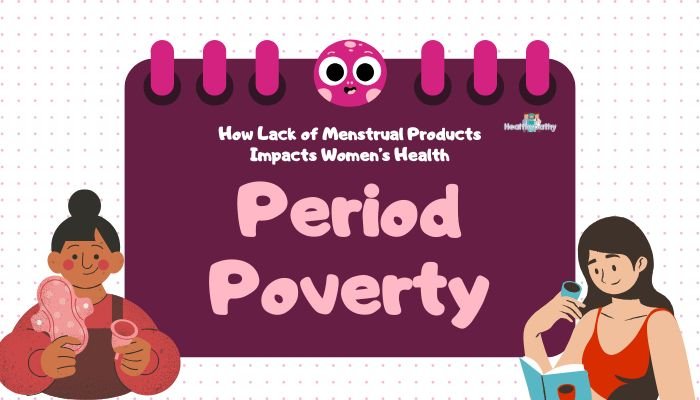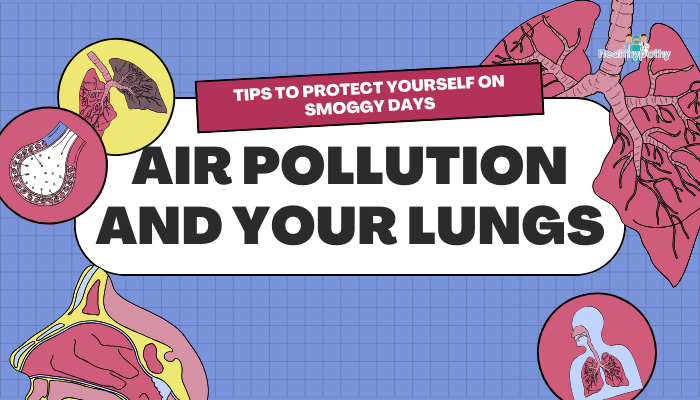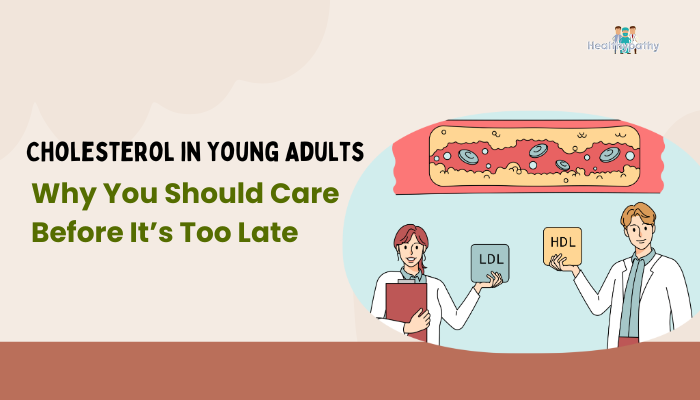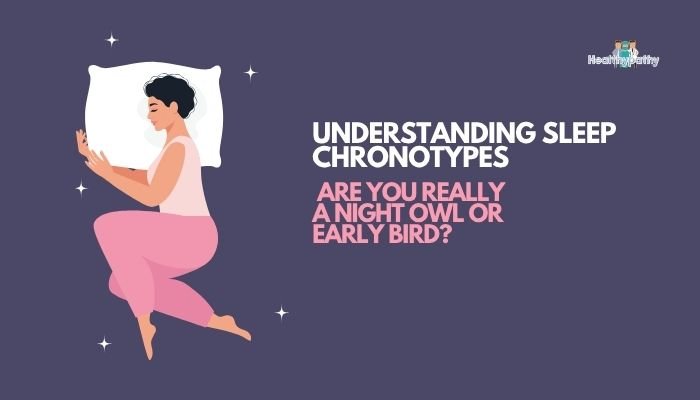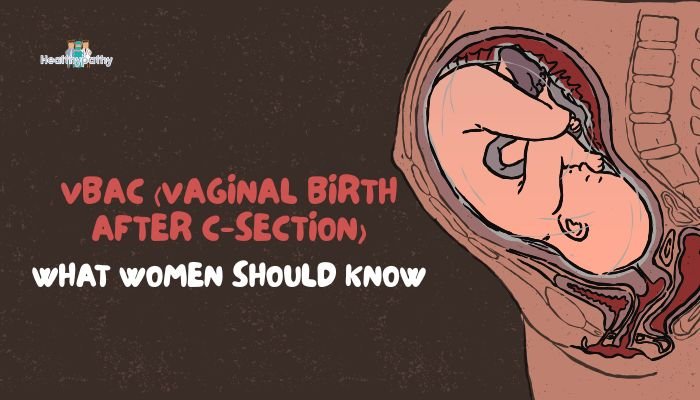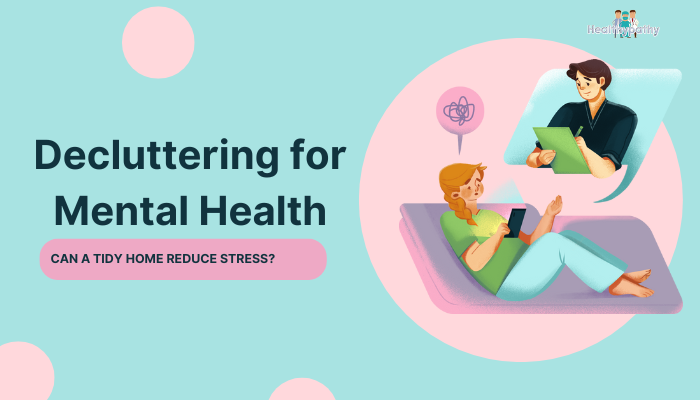Introduction
Menstruation is a normal biological process, yet many girls and women worldwide face period poverty—the inability to afford or access adequate menstrual products. This gap not only compromises hygiene and comfort but also impacts emotional well-being, work, and educational opportunities.
By understanding how lack of menstrual products affects communities and individuals, we can appreciate the urgency of addressing period poverty. This article examines the scope of this global issue, its consequences for women’s health, and how organizations and governments are stepping up to find solutions.
Defining Period Poverty
Period poverty refers to an ongoing struggle to purchase or obtain sufficient, quality menstrual products—pads, tampons, reusable supplies—due to financial, cultural, or logistical constraints. Often intersecting with inadequate sanitation facilities and limited education about menstruation, it disproportionately affects those already facing economic hardship or marginalization.
Why It Matters
- Personal Dignity: Lacking the ability to manage menstruation privately and comfortably can lead to embarrassment or isolation.
- Health Risks: Resorting to improvised or unsanitary alternatives can increase infection risk and cause stress.
- Education and Work Disruption: Missing school or work due to insufficient supplies perpetuates economic and educational inequalities.
The Impact on Women’s Health
Physical Consequences
- Infections and Irritation: Using soiled rags, tissues, or reusing disposable pads can harbor bacteria, leading to urogenital infections or even more serious complications like reproductive tract infections.
- Skin Rash or Allergic Reactions: Improvised materials may irritate sensitive skin and create open sores vulnerable to further infection.
- Late Diagnosis of Medical Conditions: When women can’t manage bleeding properly, certain signs of conditions (like fibroids or endometriosis) can go unnoticed or are dismissed due to stigma.
Psychological Effects
- Stress and Shame: Societal taboos around menstruation—particularly in areas with restricted discussion—can create stigma and self-consciousness.
- Anxiety Over Leaks: Without reliable products, fear of stains or odor can cause constant worry, impacting concentration at school or work.
- Reduced Self-Esteem: Persistent shame about an uncontrollable bodily function can undermine confidence and well-being.
Education, Employment, and Social Consequences
School Absenteeism
In regions where period products are scarce or expensive, girls may skip school during menstruation. Over time, these absences hinder academic performance and may lead to increased dropout rates or lower future earning potential. Lack of facilities—like private toilets or water supply—further compounds the problem.
Workplace Challenges
Similarly, adult women might face:
- Difficulty Focusing: Worrying about leaks or using inadequate solutions.
- Missed Days of Work: Leading to lost wages or job insecurity in environments without supportive leave policies.
- Unequal Career Progression: Repeated absences or distractions can impede professional growth, contributing to gender disparities in earnings.
Cultural Taboos
In some societies, menstruating individuals face restrictions, such as being excluded from religious sites, kitchens, or social events. These customs, combined with product shortages, can reinforce negative attitudes toward menstruation and perpetuate inequality.
Addressing Period Poverty
Affordable or Free Menstrual Products
Efforts to reduce or eliminate taxes on period products (the so-called “tampon tax”), along with distributing low-cost or free supplies via schools, food banks, or nonprofits, help ensure those who need products can access them.
Reusable Solutions
Encouraging the use of reusable pads, menstrual cups, or period underwear can be a long-term, cost-saving approach. However, ensuring consistent access to water and sanitation is vital for safe cleaning and drying of reusable items.
Education and Awareness
Empowering people with accurate menstrual hygiene information—through educational programs and public health campaigns—can dismantle harmful myths. This includes:
- Learning About the Menstrual Cycle: Understanding normal variation helps reduce stigma.
- Teaching Proper Product Use: Emphasizing safe handling and cleaning for both disposable and reusable methods.
Social and Policy Reforms
Governments and institutions can:
- Integrate Menstrual Health Into Policy: E.g., mandating free period products in public schools or ensuring coverage in public health programs.
- Develop Infrastructure: Improving toilets, washing facilities, and waste management for a supportive environment.
- Tackle Stigma: Using mass media or community projects to shift attitudes about periods.
Tips for Individuals Facing Period Poverty
- Seek Local Resources: Community organizations, women’s shelters, or nonprofits may provide free or subsidized period products.
- Consider Reusables: Menstrual cups or cloth pads can be more cost-effective and less reliant on monthly purchases.
- Advocate at School or Work: Encourage administrators to stock free products in bathrooms or create supportive leave policies.
- Open Dialogue: Talking openly about menstruation with family, peers, or community leaders can reduce shame and stimulate solutions.
Conclusion
Period poverty is about more than just lacking pads or tampons—it’s a multifaceted issue that influences women’s health, education, and economic opportunities. By recognizing the scale and impact of inadequate menstrual care, communities can work to implement practical solutions like distributing affordable products, advocating for policy changes, and investing in education. Whether you’re an individual in need or someone eager to help, understanding the root causes of period poverty paves the way to a future where all women can manage their periods with dignity and confidence.
References
- UNFPA (United Nations Population Fund). Menstruation and human rights. 2021.
- Sommer M, et al. Period poverty and mental health implications among young women and girls. BMC Public Health. 2022;22(1):130.
- United Nations Children’s Fund (UNICEF). Guidance on Menstrual Health and Hygiene. 2020.
- United Nations Educational, Scientific and Cultural Organization (UNESCO). The cost of menstrual health: Educational impacts. 2019.
- American Medical Women’s Association (AMWA). Period poverty in the U.S.: Healthcare burden and solutions. 2021.

